Class B Airspace—A Pilot’s Guide
Flight Training Central
NOVEMBER 4, 2024
You just need to understand and follow the rules for this airspace. While there are often variations that are specific to the location, there are also commonalities found between the various Class B airspace areas. Like other types of airspace, Class B is considered regulatory in nature.

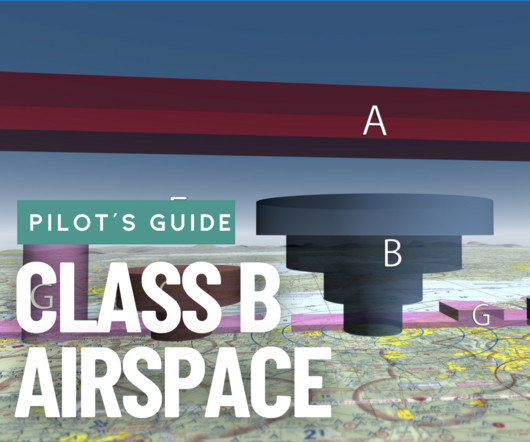
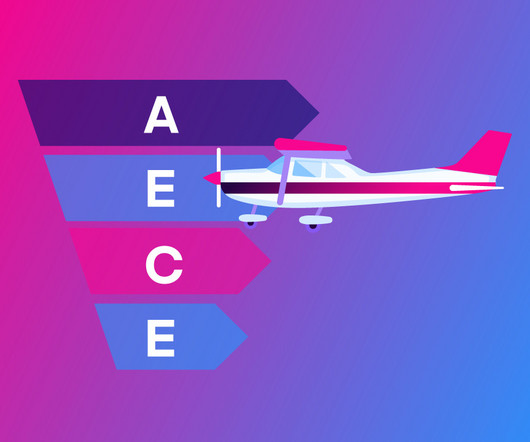
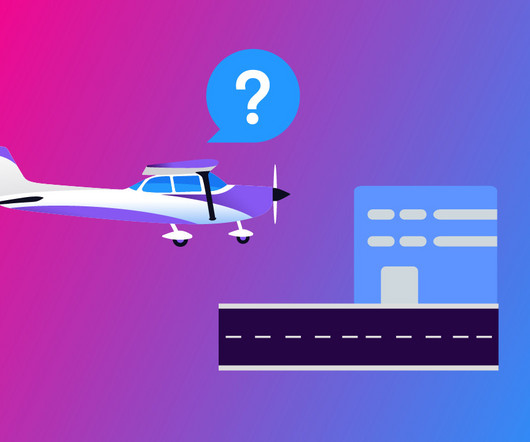

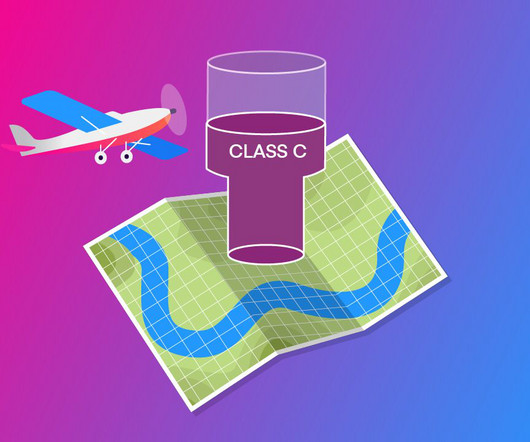


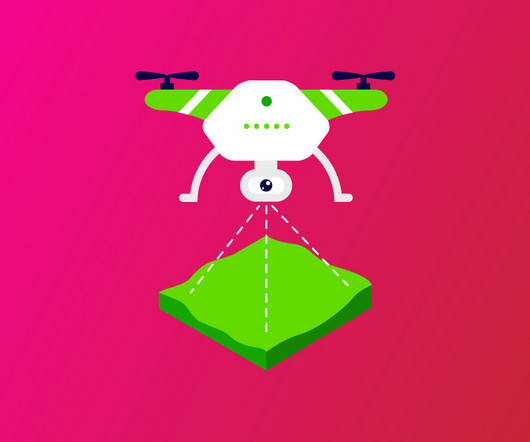






Let's personalize your content